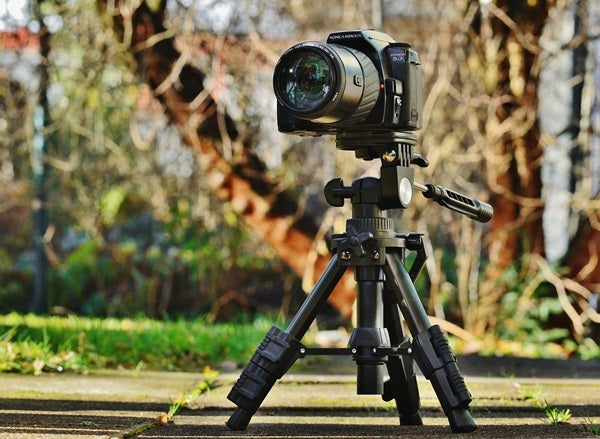The eclipse, at its longest duration, will last 2 minutes and 41 seconds. Wouldn’t you rather spend that time enjoying the eclipse than trying to get a great image? But you don’t have to miss out on documenting the spectacular event as you watch it: just video tape it.
Instead of spending those precious 161 seconds trying to position your camera for the perfect shot, follow these video tips in an excerpt from senior editor Michael E. Bakich’s article “Video strategies for eclipse day” from our August 2017 special eclipse issue.
First, determine your “spot” for viewing the eclipse. It may be with your spouse, family, friends, or alone with your telescope, but you’ll need to stake out an area well before the eclipse begins.
Second, move your camera on its tripod far enough away from where you’re set up so that it just frames you or your group completely. From this point onward, the camera will be facing directly away from the Sun’s position at mid-eclipse.
Third, begin recording video at a time you’ve decided on in advance. I have used either 15 or 10 minutes prior to totality. Let the camera run an equal amount of time after totality, then stop recording.
You will have a video record of the darkening (and subsequent brightening) that occurred during the most dramatic part of the eclipse. If your camera also records sound when in video mode, you’ll have captured your reactions, and probably those of people around you, to watch or share with others whenever the mood strikes you. I have three important notes to add to these instructions.
First, make sure your camera isn’t set to compensate for decreasing light levels. You want the scene to darken; check the camera’s instruction manual to learn how to change the setting.
Second, make sure your camera has enough memory to record 20 to 30 minutes of video. Some cameras will display how many minutes are left on the memory card, or some such message, when you begin video recording. Others provide this information in the instruction manual, which will say something like, “If you use a 16GB memory card, you can record X minutes of video.”
If your camera does neither, then do this: At least a month before the eclipse, charge the battery, start recording, and see how long it will go before your memory card fills up. If it’s still going after half an hour, you can stop. That’s long enough.
Finally, make absolutely sure the battery you’re using is fully charged before you begin — and the spare battery, too. This detail is easy to overlook.
Learn more video tips, ways to monitor temperature drop during the eclipse, and how to look for shadow bands in the full article in our August 2017 issue.










